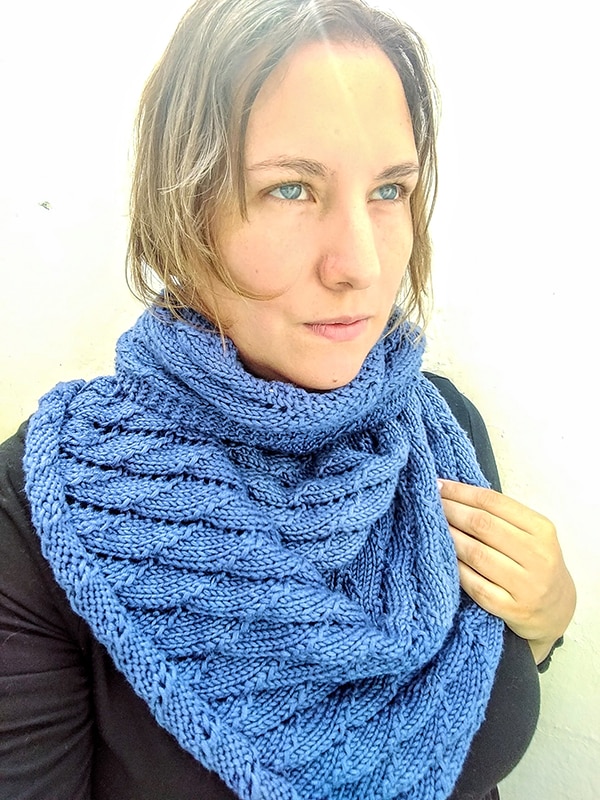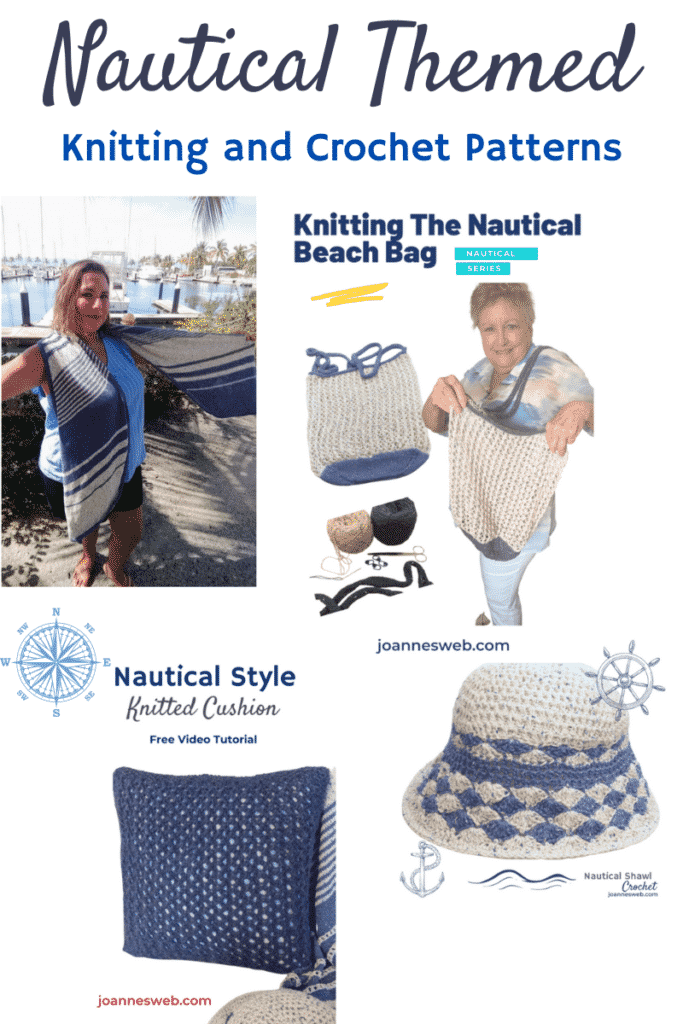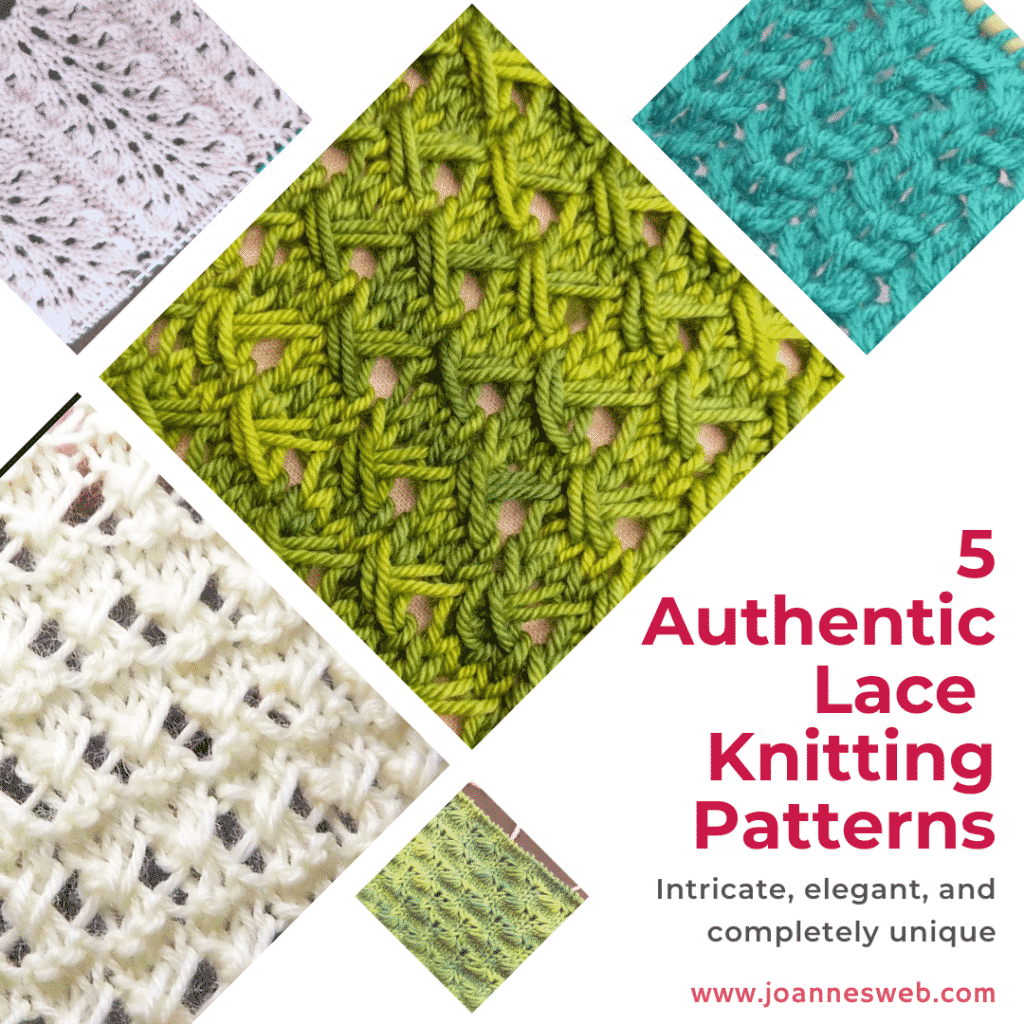There are several knitting techniques that you’ll want to know as a beginner knitter.
These basics can help you create to get started on projects, create new patterns and even fix mistakes.

Here are 7 Knitting Basics Techniques You Must Know:
1. Casting On
Casting on is the first step in any knitting project.
It’s how you create a row of stitches on your knitting needle that will serve as the foundation for your project. There are many ways to cast on, but the most common method is the long-tail cast-on.
Long Tail Cast On, also known as the ‘Butterfly Cast-On Method’
-To do the long-tail cast-on, first, make a slipknot and place it on your needle. –Then, hold your needle in your right hand and the yarn in your left hand.
-Use your thumb and forefinger to create a “V” shape with the yarn, similar to a slingshot, with the working yarn in your left hand and the tail end in your right hand.
-Next, bring the working end of the yarn over the top of the needle and then under the tail end.
-Then, bring the tail end over the top of the working end and then under the needle.
You will repeat these steps until you have the amount of stitches needed.
Other Methods for Casting on are the Knit Cast-On, Cable Cast-On, Tubular Cast-On, and many others. We have an entire youtube playlist ready for you to learn these methods here: Cast-On Knitting Methods.
2. Knit Stitch
The knit stitch is the most basic stitch in knitting. It’s what creates the classic “v” pattern that you see in most knitted items.
To do the knit stitch, insert your right-hand needle into the first stitch on your left-hand needle, from front to back. Then, wrap the yarn around the right-hand needle from back to front, and pull the right-hand needle through the stitch on the left-hand needle. Slip the stitch off the left-hand needle, and you’ve completed a knit stitch.
Here’s a Knitting Basics Playlist for you: Joanne’s Web Knitting Basics
3. Purl Stitch
The purl stitch is the opposite of the knit stitch and creates a bumpy texture on your knitted fabric. To do the purl stitch, insert your right-hand needle into the first stitch on your left-hand needle, from back to front. Then, wrap the yarn around the right-hand needle from front to back, and pull the right-hand needle through the stitch on the left-hand needle. Slip the stitch off the left-hand needle, and you’ve completed a purl stitch.
4. Increasing Stitches
Increasing stitches is an important technique that allows you to make your knitting wider. There are several ways to increase stitches, but the most common method is the knit front and back (KFB) increase.
To do the KFB increase, knit into the front of the first stitch on your left-hand needle, but don’t slip it off the needle. Then, knit into the back of the same stitch, and slip it off the needle. You’ve just created two stitches out of one.
Other common Knitting Increases are M1 (Make 1), yarn overs, and more.
We have a playlist for Increases HERE
5. Decreasing Stitches
Decreasing stitches is the opposite of increasing stitches and is used to make your knitting narrower. The most common method for decreasing stitches is the knit two-together (K2Tog) decrease.
To do the K2Tog decrease, insert your right-hand needle through the next two stitches on your left-hand needle, from front to back. Then, knit these two stitches together as if they were one stitch, and slip the stitch off the left-hand needle.
More knitting decreases playlist is HERE.
6. Cable Knitting
Cable knitting is a technique that allows you to create braided designs and patterns in your knitting. To cable knit, you’ll need a cable needle, which is a short, double-pointed needle.
To create a cable, slip a certain number of stitches onto your cable needle and hold it in front of or behind your work. Then, knit the same number of stitches from your left-hand
7. Fixing Mistakes
Even the most experienced knitters make mistakes, but the good news is that many of them can be fixed. Two common knitting mistakes are dropped stitches, twisted stitches, and extra stitches.
If you drop a stitch, don’t panic. Use a crochet hook or the tip of your needle to pick up the dropped stitch and place it back on the needle.
Here are two videos on dropped stitches: knit and purl








0 Comments